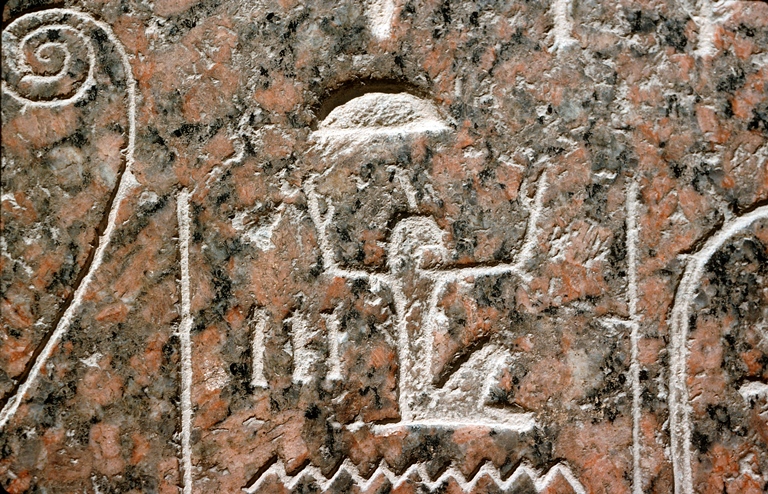
Re-Genesis Encyclopedia
Document Type
Article
Publication Date
2016
Abstract
The caravanserai (or Turkish kervansaray) was a roadside area, structure or inn for pilgrims, traveling tradespeople, and their animals providing lodging, substance, trade and marketing opportunities. In addition to providing food and temporary lodgings, many caravanserais also included a black madonna temple, shrine room, holy of holies, sacred cave or adjacent rock shelter. Tethered to the advancement of the caravanserai, was also the spread of African rites and rituals, black madonna temples, and dark goddesses. This was especially apparent with the Phoenicians.
Devotion to the great goddess of the Levant was prolonged by the Phoenicians who lived along the Syro-Lebanese coast in the first millennium BC and were great seafarers and traders. …Wherever they went, they took their religion with them when they established trading posts and founded colonies including Carthage (GGL: 149).
Recommended Citation
Joan, Eahr, "CARAVANSERAI, TRADE ROUTES, AND DARK MOTHERS" (2016). Re-Genesis Encyclopedia. 2.
https://digitalcommons.ciis.edu/regenesis/2
Included in
African History Commons, Cultural History Commons, History of Art, Architecture, and Archaeology Commons, Other Feminist, Gender, and Sexuality Studies Commons


